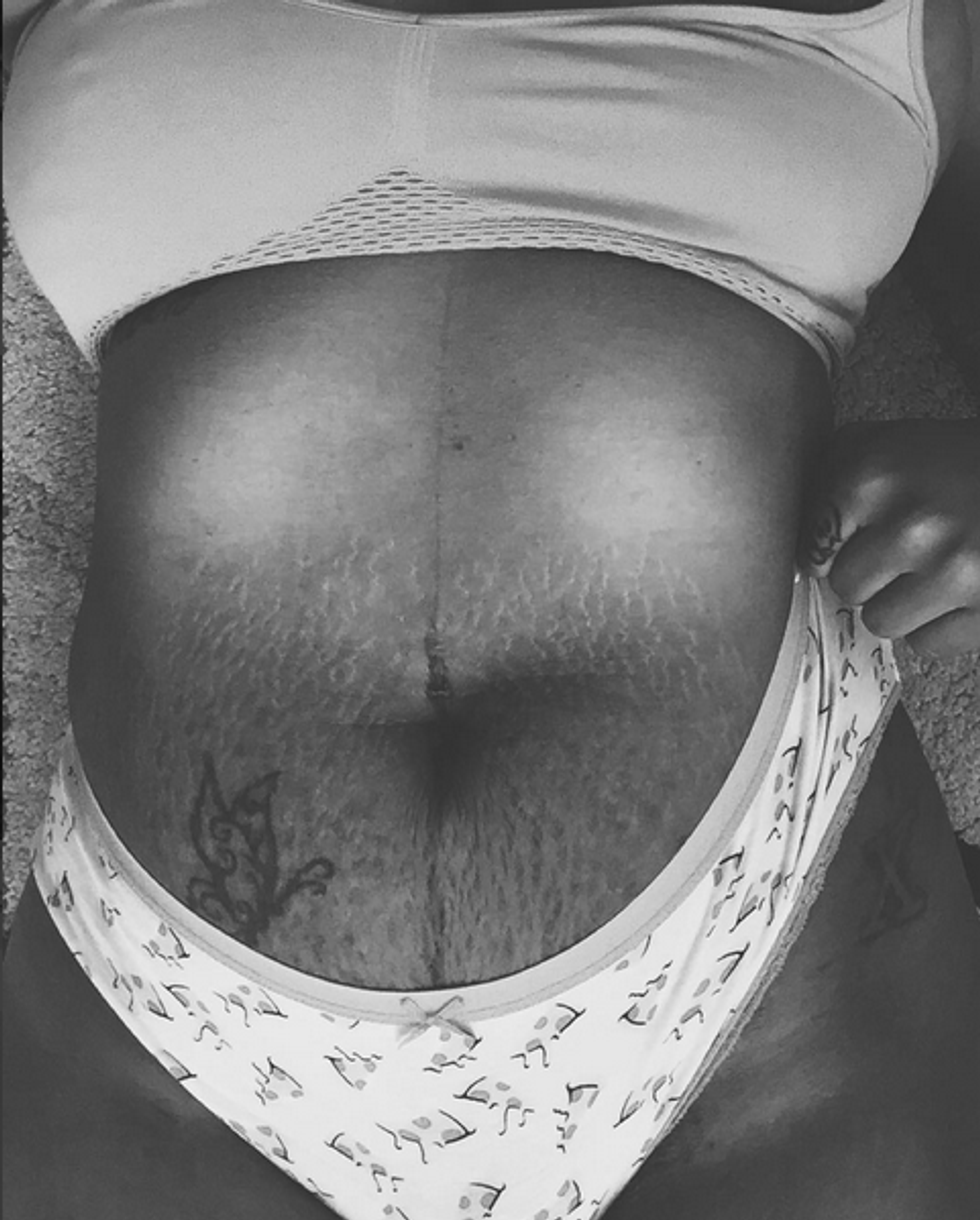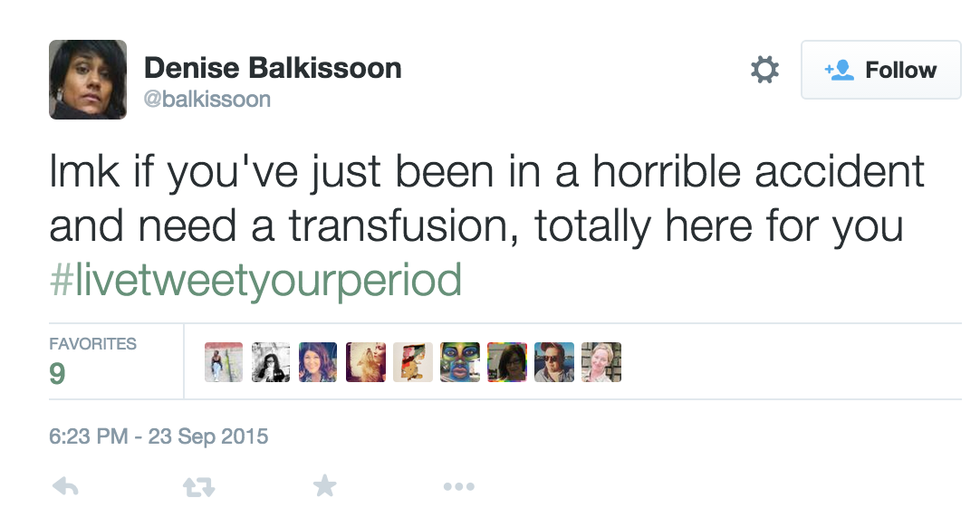On an episode of the talk show The Real this past week, model Winnie Harlow came by to surprise 10-year-old fan April Star who wishes to become a model also one day. Both Winnie and April have the skin disorder vitiligo, and the special moment they shared, in which Winnie expresses how much she wishes she had the confidence that April has when she was her age, speaks to the importance of representation and diversification in media. April's confidence, in part, has a lot to do with Winnie's presence in the media -- an image or a role model that Winnie most definitely didn't grow up seeing around her. For me, this whole moment had a lot to do with body positivity.
Body positivity, for the most part, has been thought to solely deal with one's acceptance of their weight. Although that's a very important matter, body positivity can include many more issues. It is essentially an effort to accept really any part of your body and body image that has been deemed unlovable. But when we get to see those parts of us reflected back to us positively, like in the case of Winnie and April, it makes for growth and change. In this past year, there have been a few of these moments and movements that are adding to this culture of body positivity.
Take a look at these three movements:
1. Love Your Lines Campaign
The Love Your Lines Campaign, started by poet Alex Elle and photographer Erika Layne, celebrates the bodies of women and the stretch marks that they bear but often feel they need to hide. With accounts on Tumblr and Instagram, Love Your Lines posts photos of stretch marks submitted by women anonymously. Along with the pictures are the women's stories as to how their stretch marks appeared and how they've moved toward loving the stretch marks found across their bodies. The stories are very diverse, coming from women who have had cancer to women that are learning to love their postpartum bodies. It's a huge shift from the efforts of trying to remove stretch marks by slathering on boatloads of cocoa butter -- something that many women can attest to -- to wearing them proudly and carrying them as reminders of the changes that their bodies have gone through in a number of circumstances.
2. #LiveTweetYourPeriod
Periods are something that women go through but are never expected to speak about. Sometime this past summer, female Twitter users used the hashtag #LiveTweetYourPeriod to bring periods out into the open and onto the Twittersphere. The tweets took on a humorous tone as a number of users used the tag to commiserate with one another on period struggles, but the tag was still meant to take the shame out of discussing periods in public. Although not connected directly to the creation of this tag, artist Rupi Kaur posted a photo on Instagram around the same time of a fully-clothed women with a period stain on the back of her sweatpants as part of a photo series. Instagram responded by removing the picture, which brought on a huge backlash from users. New York Times journalist Jenna Wortham summed up the effects that the campaign's push to view such bodily functions in a new light could have: "Perhaps posting about taboo topics in public, right alongside the quotidian details of our lives, helps normalize, desexualize and destigmatize women’s reproductive health — a topic shrouded in shame for far too long."
3. StyleLikeU's What's Underneath Project
StyleLikeU's What's Underneath is a video series that documents interviews with a number of individuals in which they respond to intimate questions about their body-image and self-love, while in the process, removing a piece of clothing after each question to reveal -- what's underneath. What's Underneath has interviewed a number of well-known people, from Jamaican poet Staceyann Chin to UrbanBushBabes' Cipriana Quann. Every video featured is very honest, raw, and comforting, as viewers get to hear and each person take you through their struggle toward self-acceptance. It prompts us to find comfort in our skin and in the stories that follow along with it.





















